A couple of weeks ago, I completed my first ever Parkrun. With friends elsewhere having Parkrun as a regular part of their Saturday morning routine, I was delighted to see it come to Stranraer’s Agnew Park in December. If you’re not familiar with it, the basic principle of Parkrun is a weekly, free, timed, 5k race that anyone can take part in – serious runners, children, pram-pushing parents, walkers and everyone in between. It doesn’t matter how fast you are, it doesn’t matter what you wear, all that matters is taking part. A tail walker stays at the back of the field and ensures no-one else will finish last. And for those who would rather not walk or run, there are plenty of opportunities to volunteer.
Having started with 13 runners in 2004, Parkrun is now a worldwide phenomenon with over 3 million Parkrunners across 20 countries. Average finish times are increasing as time goes on, which actually delights the organisers as it shows that Parkrun is achieving its aim of including people of all abilities. The Agnew Parkrun is growing almost every week, and participation recently hit three figures for the first time.
Aside from the obvious benefits – good for your health, getting people out of the house, building relationships in the community – Parkrun also boosts host towns in less obvious ways. For example, Parkrun ‘tourists’ try to complete as many different Parkruns as possible, and I know from talking to a local B&B owner that we’ve already had people coming to stay a night in Stranraer specifically to take part in it. Many Parkrunners also choose to get a coffee together afterwards, which further boosts the local economy.
As a pastor, I find Parkrun to be a good illustration of what the church should be like (though at times fails to be). For a start, it’s not just for those who look the part. Just as Parkrun isn’t just for those who look like runners, church isn’t just for those who have their lives together. Some of those who have begun worshipping with us recently are asked ‘What are you doing going to church?!’ And yet Jesus said ‘Those who are well have no need of a doctor, but those who are sick’. He came not for those who think they’re righteous, but those who know that they aren’t.
Similarly, just as Parkrun aims to cater for those of all shapes and sizes and backgrounds, so the Apostle Paul hailed Christianity as breaking down the barriers we tend to erect, and was able to remind some early Christians: ‘there is neither Jew nor Greek, there is neither slave no free, there is no male and female, for you are all one in Christ Jesus’.
In fact, excited as I am to be involved in Parkrun, I’m far more excited to be part of the church of Jesus Christ. Parkrun is ‘an international family of over 3 million Parkrunners’ – the church is an international family of 2.3 billion. In fact, contrary to what we might expect, the explosive growth of Christianity is forecast to increase to include 32 percent of the world’s population by 2060, while atheists, agnostics and those of no religion will have decreased from 16 percent to 13 percent. As for the opportunity to get involved in serving others, I would have to respectfully disagree with Parkrun founder Paul Sinton-Hewitt’s suggestion that it is ‘probably the largest provider of volunteer opportunities on the planet’. I can think of a much larger one, which has spread to far more than 20 countries! And while Parkrun’s ability to help build community spirit is commendable, only the church can truly ‘break down the dividing wall of hostility’ and turn people who are naturally at odds with each other into brothers and sisters in Christ.
Parkrun has rightly been lauded for its health benefits and is even prescribed by GPs. Public sports bodies pump millions of pounds a year into grassroots sport, but haven’t come close to a success story as huge as Parkrun, despite the fact it has a small budget and only a couple of dozen staff.
I think the Apostle Paul would also have approved of Parkrun. He often used running illustrations to describe the Christian faith and said that ‘physical training is of some value’. Yet he went on to say that ‘godliness is of value in every way, as it holds promise for the present life and also for the life to come’. There’s no time like the present to start running.
Published in the Stranraer & Wigtownshire Free Press, 30th January 2020











